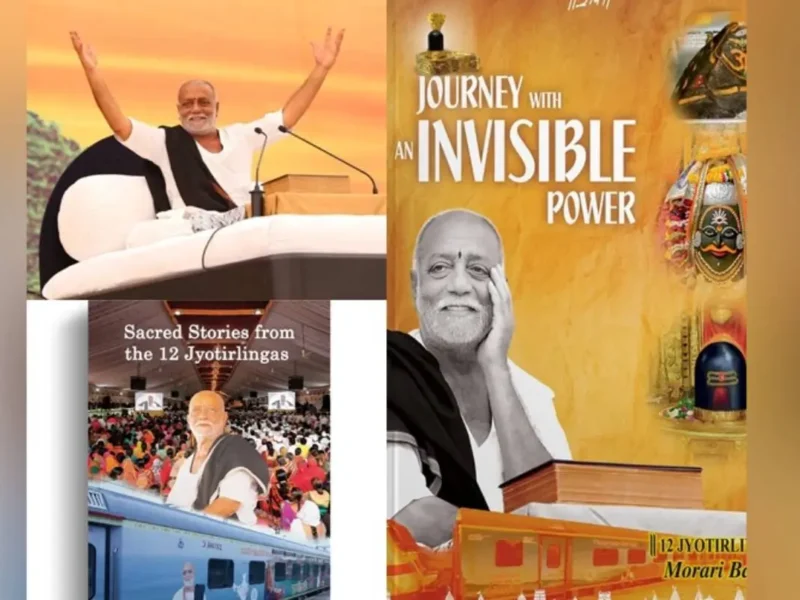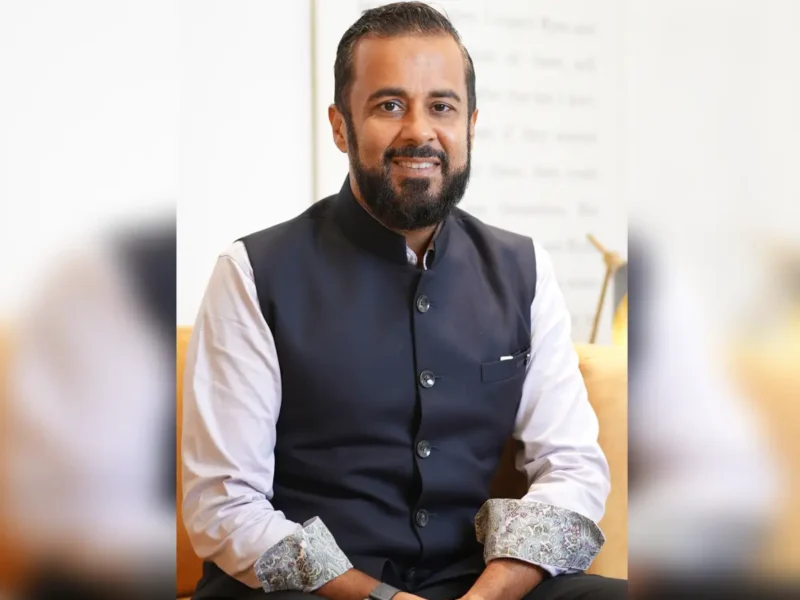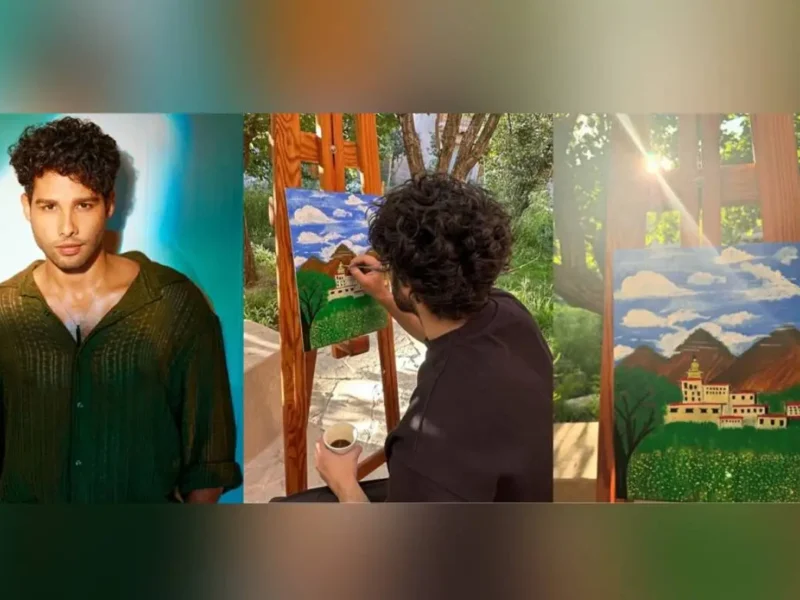
Master Poet Who Wove Hindustani Poetry With Hindi Film Songs
By Vikas Datta
MUMBAI – Literary traditions need to evolve to remain relevant, and the onus is on its paladins to ensure that they move in step with social norms and particularly, don’t miss out on technological advances.
In Urdu poetry, this ‘shair’ can be credited for not only using more simple — and natural — language to broaden his art’s appeal but also went on to initiate its enduring tryst with Hindi films.
‘Arzoo Lakhnavi’ was, if not the first, among the leading mainstream poets to begin writing lyrics for the fledgling film industry — beginning with Calcutta’s New Theatres in the 1930s before shifting to Bombay in 1942 — recognizing how this association would preserve — and extend — the reach of Urdu poetry beyond its organic followership.
Much before Majrooh Sultanpuri, Sahir Ludhianvi, or Shakeel Badayuni became known, he was crafting lyrics for Indian cinema’s first superstars — K.L. Saigal (“Karun kyaaasnirasbhayi” from “Dushman”, 1939) and Kanan Devi (“Lachmimuratdarasdikhaye” from “Street Singer”, 1938) as well as for emerging stars like Madhubala (“Aayi Bhor Suhani” from “Beqasoor”, 1950), and more.
An outstanding standard-bearer of ‘Dabistan-e-Lakhnau’ or the Lucknow School of Urdu poetry, Syed Anwar Hussain ‘Arzoo Lakhnavi’ (February 16, 1873, to April 16, 1951) seemed destined to be a poet.
Both his father Mir Zakir Hussain ‘Yas’ and elder brother Mir Yusuf Hussain ‘Qayas’ were poets, his mother Amna Begum also belonged to a scholarly and literary family, and he took to poetry from a young age with gusto. Like his father, he was a ‘shagird’ of Syed Zaman Ali ‘Jalal Lakhnavi’ (1831-1909), showing his prowess then only, going to guide the other disciples during his mentor’s lifetime and becoming their ‘ustad’ after his death.
But he also struck out on his own path — while retaining the tradition’s motifs and focus, he chose a straighter style over its intricate flourishes, and to use only Urdu without recourse to Arabic or Persian — despite his considerable knowledge of both languages.
And while he exhibited his talent in all genres of poetry — geets, masnavis, rubai, as well as marsiyas, naats, salams, and qasidas, and wrote stage plays and dialogues, and songs for over two dozen films, it is his ghazal-goi that he is most known for.
‘Arzoo’ acknowledged his work was reminiscent of his illustrious predecessors Mir and Ghalib but also contained his desire of being different from them or his contemporaries like DaghDehlvi and others.
As his work shows, he did succeed in striking his own distinctive course — take the opening lines of his collection “Sureeli Bansuri” which are one of his most famous: “Jis ne banayi bansuri, geetusikegaayejaa/Saans jab takaayejaaye, ek hi dhunbajaayejaa”.
As a prominent critic pointed out, ‘Arzoo’ “by bringing the language of ghazal closer to the language of conversation, made it clear that the language of poetry is not different from the language of the world, nor is it always captive in the captivity of ancient traditions”.
Even when dealing with beauty, love and courtship — a staple though not the sole focus of the Lucknow School or the whole tradition itself, ‘Arzoo’ could be different: “Dafattantarq-e-taaluqmeinbhirusvaaihai / Uljhe daman ko churhatenahi jhatka de kar”, or, “Kis ne bheegihuyebaalon se jhatka pani / Jhoom keaayighata, toot kebarsapaani” or even “Allah Allahhusnke ye parda-daaridekhiye / Bhedjis ne kholnachahavohdeewanahuya”.
‘Arzoo’ could also create some unique imagery in those familiar settings, be it the tavern: “Haath se kisi ne saghirpatkamausam ki be-kaifi par / Toot keitnabarsabadaldhoobchalamaikhanabhi” or the mehfil: “Awwal-e-shabvohbazm ki raunaqshamabhiparvanabhi / Raat keakhihotehote khatam tha yeh afsanabhi”, or even encounters: “Baat karnemeinvo un aankhon se amrittapka / ‘Arzoo’ dekhte hi munhmeinbharaayapaani”.
And then, he had the playfulness of the Lucknow school and was deft in changing the mood in succeeding couplets. Take: “Zamanayaad tera ai dil-e-naakaamaatahai / tapakpadhtehaiaansu jab wafa ka naam aatahai”, go on to “Wafa tum se karengedukhsahengenaazuthayenge / Jiseaatahaidildena use harkaamaatahai” and end “Haseenonmeinbasarkar di jawaani ‘Arzoo’ ham ne / Lagaanadil ka seekhehainyahi ek kaamaatahai”.
But his verse didn’t have these pleasant diversions only and like Mir, he could strike a melancholic touch too: “Dilhaivohujdahuyagharbujhchukajis ka chiragh / Aankhen kuchdekhen to batlayenkekyakyalutgaya” or “Jab koyal kook sunaatihai to patipatilahratihai / Ham kisi se kahen aur kaunsune, hamdardhamara koi nahi”.
This could also extend to a sort of hopelessness towards life and its purpose: “Hamarizindagi to ek guzar gah havadishai / Ajabhaishamaa ka aandhikejhonkon main basarkarna” or: “Har gul ko is chamanmeinkyazarqbarq paya / Dekha to ek janasungha to farq paya” and “Koi hasratmeindil ka sarmaya / Kuchkahikuchkahipadha paya” or even maybe: “Hasti ki haqeeqat ko gar bad fanaajaana / Ab soche to kyasoche ab jaana to kyajaana”.
There is all this and much more in the 25,000 ghazals attributed to him and collected in seven ‘divans’,
In his film career, he was as versatile. If in Saigal’s “Street Singer”, he could pen “Jeevan been madhur na baaje jhoote padhga yetaar / Bigdekaath se kaam bane kyameghbajena malware”, he could also compose the ghazal “Sukoondil ko mayassar gul-o-samarmeinnahi / Jo aashiyaanmeinhaiapnevahbaghbhar men nahi”.
Conferred the title of ‘Allama’ — restricted to less than half-a-dozen literary giants of the modern age, Arzoo and his poetry epitomize how Urdu ghazal and other forms of poetry is intricately linked with the Indian ethos, whose essence is a vibrant diversity, not a stagnant uniformity. That is cause enough to remember him.




